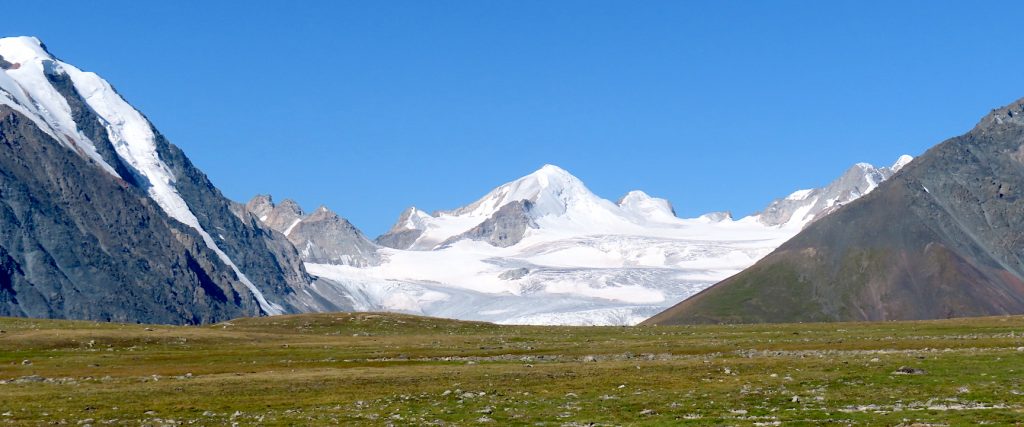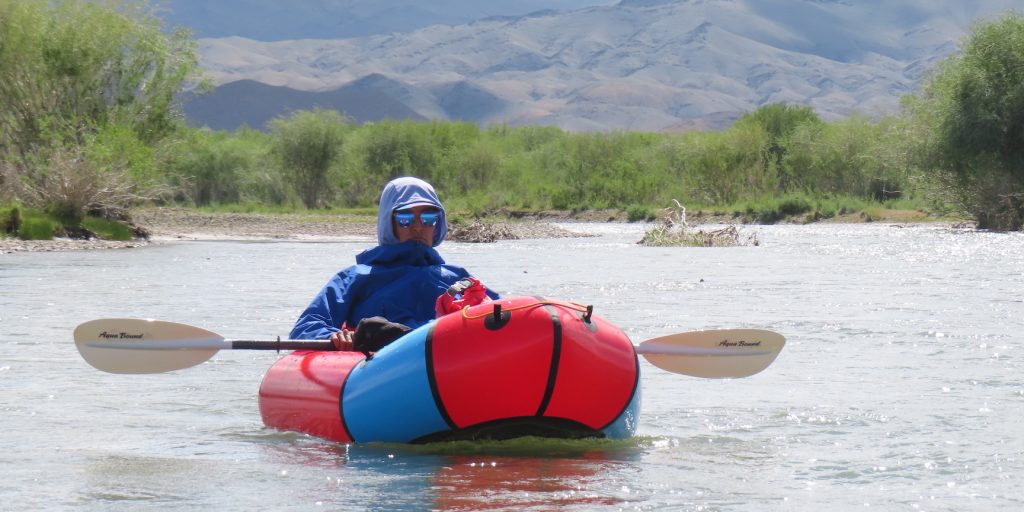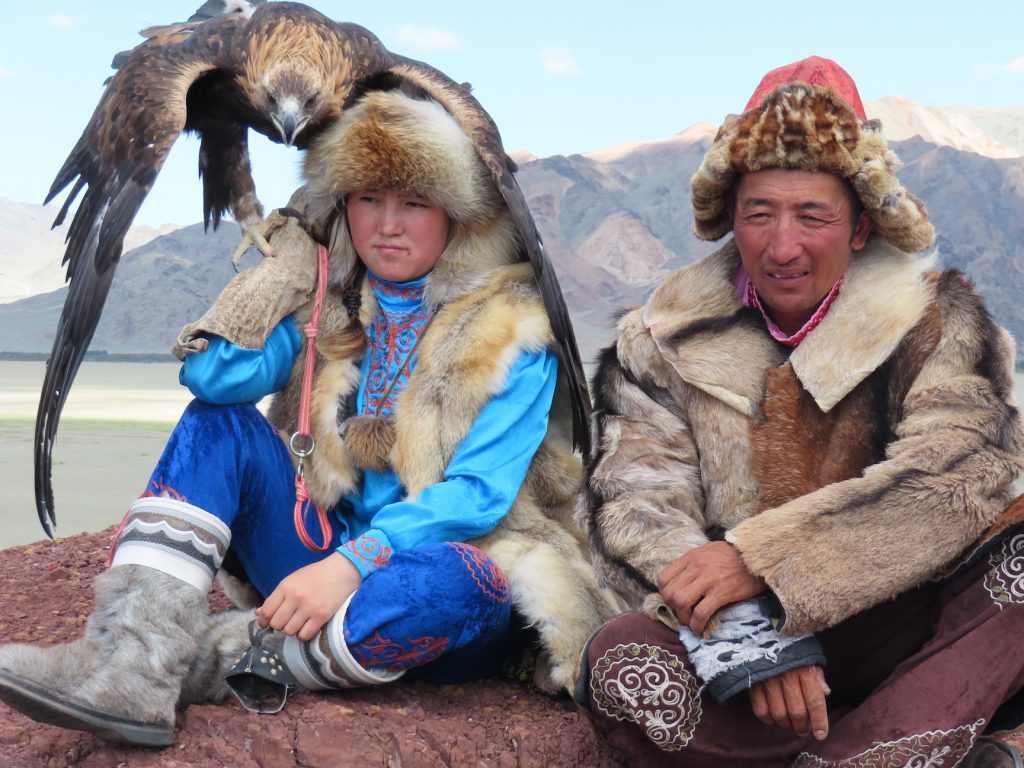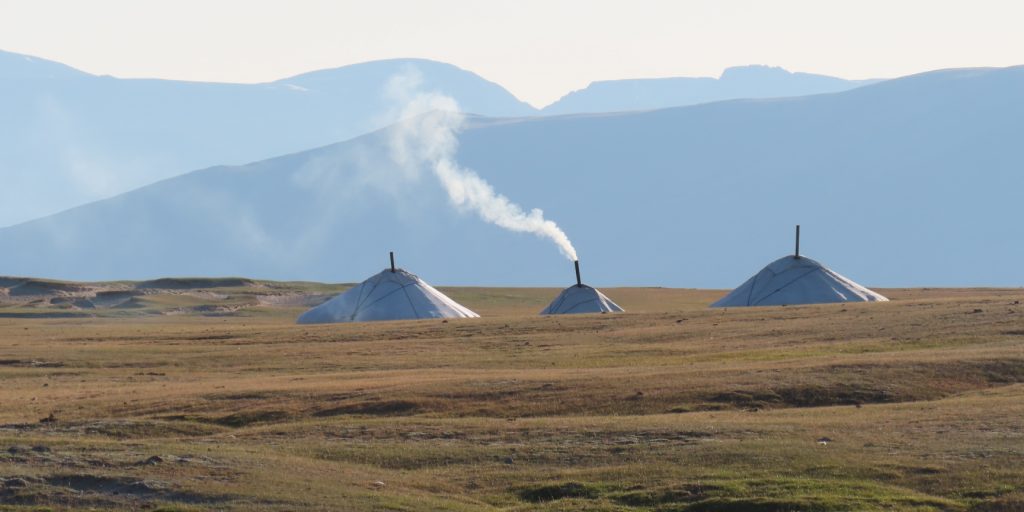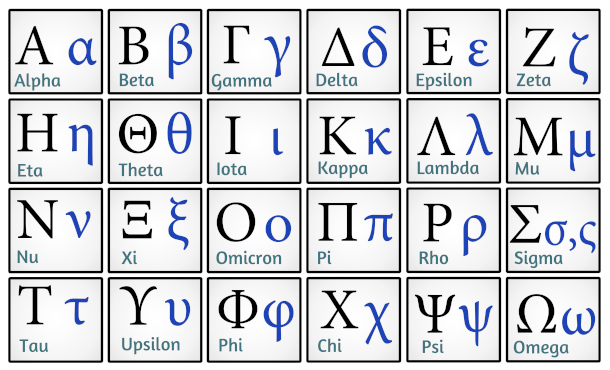What I learned from the Road VII
Travel is fundamentally satisfying. Each day anticipates the preparation or acquisition of food, washing clothes, packing for transition to the next hostel, and ultimately embarking on an adventure. The overarching goal is simple and clear: explore, engage, learn.
Coming home can be confusing—a return to the familiar, yet a return to the norm. Projects left unfinished when bags were packed now echo their reminder of the work that remains. While logistically challenging, living on the road demands simplicity—as few shirts as possible, two pairs of pants, socks underwear to wash, dry, and wear; a sweater and rain shell, and one or two pairs of shoes. That’s it! There is no ridicule, no internal voice that says “Didn’t you wear that shirt yesterday?”
I struggle now, as I have so many times before, to rebuild momentum, to find daily joy at home as comes naturally on the road. I tell myself, “Today is for catching up with my team. Tonight I’ll watch a movie. Tomorrow I’ll refill the bird feederes and clean the watering hole.” One day at a time … as it should be, living on the road, at home.
Other essays in What I learned from the Road
